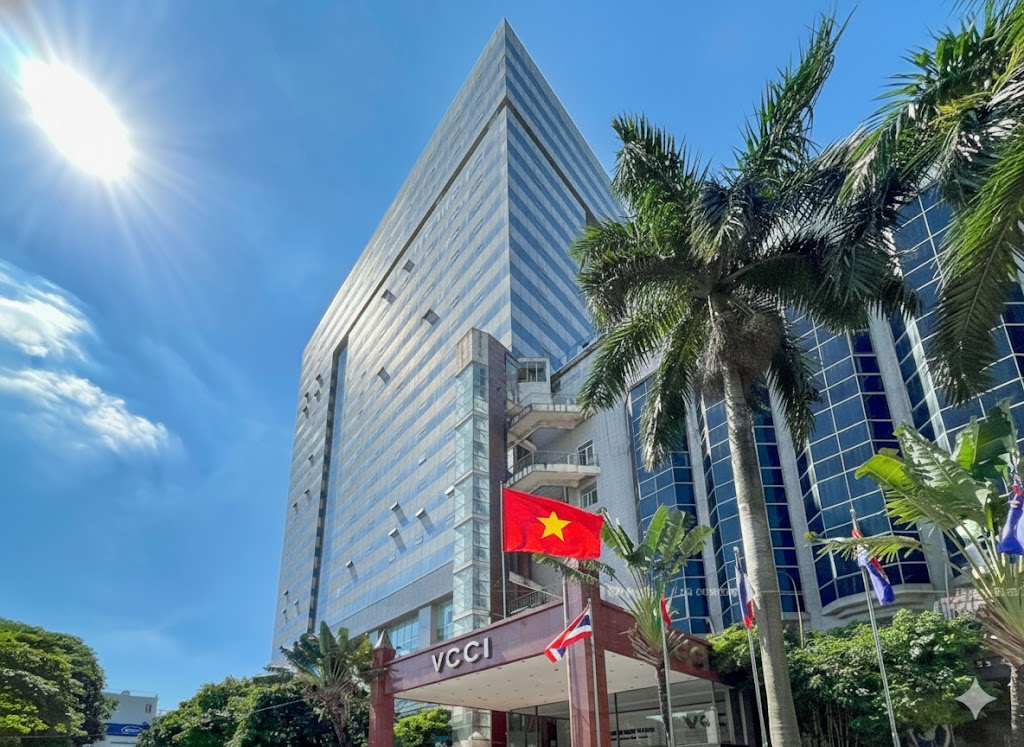15/12/2025, 02:38
Radical solutions needed to restructure economy
According to the General Statistics Office of Vietnam under the Ministry of Planning and Investment, Gross Domestic Product (GDP) in the second quarter of 2021 increased by 5.64%.
According to several experts this was unexpected good news. However, the current economic picture is indicating both good and bad signs, conveying much uncertainty and worry.
Mixed signals
Positive signs of growth, compared to the same period in 2020, such as in the fields of agro-forestry-fishery increased by 3.82%; industry-construction by 8.36%; processing-manufacturing industry by 11.42%; construction by 5.59%; budget revenue by 57.7%; while investment increased by 7.2%.
Sectors with obvious signs of decline, such as total retail sales of goods and consumer service revenue, recovered slowly; tourism and travel revenue fell sharply by 51.8%; revenue from accommodation and food services decreased by 2.7%; passenger transport continued to decrease by 0.7%; transportation and warehousing decreased by 0.39%; and accommodation and office space went down by 5.02%.
Regarding the picture of enterprises, in the first half of the year, there were more than 67,000 newly registered enterprises, increasing both in number and registered capital over the same period last year. Investigating business trends in the processing and manufacturing industry, rated better than in the first quarter; 37.7% were stable business enterprises; and 81% of enterprises with Foreign Direct Investment (FDI) reported better business performance in the second quarter. According to data from FiinPro, net revenue and profit after tax in the first quarter in enterprises and on the stock exchange grew by 11.9% and 117.8%, respectively. Enterprises listed on the stock exchange announced their second quarter business results, and as expected they are set to increase.
However, the second quarter also shows that worries are gradually also increasing. In the second quarter, 35,607 enterprises temporarily suspended business activities, an increase by 22.1% over the same period; 24,660 enterprises shut down and are waiting for dissolution, an increase by 25.7% over the same period; and 9,942 enterprises are being dissolved, up by 33.8% over the same period.
Labor and employment continues to be greatly affected by the pandemic. Unemployment and underemployment rates were 2.4% and 2.6%, respectively. Both increased compared to the first quarter, by 2.19% and 2.2%. Survey done by the Vietnam Chamber of Commerce and Industry (VCCI) in early 2021, on the situation of enterprises, highlights the many difficulties of enterprises in general, in terms of market, product consumption, input materials, labor, and capital.
In addition, enterprises are facing difficulties due to increasing business costs. Firstly, many businesses incurred additional costs for pandemic prevention measures, such as the cost of testing workers, and for purchasing safety equipment and supplies to fight the pandemic. For enterprises with a large number of employees in the region, or with workers infected with the virus, this cost is very huge.
Secondly, the cost of international transportation of goods has increased, causing difficulties for import and export enterprises. Logistics costs in Vietnam are currently higher than the world average. For the industry and construction sector, the price of some raw materials is high, directly affecting construction and investment activities, including public investment. According to a Government report, the average production price of iron and steel products in the first six months of the year increased by 29.87% over the same period last year, and the price of stone, sand, gravel, and clay increased by 5.14%.
Long term solutions
Since last year, the Government and all ministries, and various regional sectors have actively proposed, as well as issued policies to support businesses to be able to cope with a dire scenario, such as the current impact of the fourth wave of the Covid-19 pandemic. Many lessons have been learnt in making these policies as well as implementing them. Many decisions have been taken such as on financial resources for vaccines, and diversifying the target audience so that businesses can buy and inject vaccines by themselves.
However, the policies for economic development need to clearly separate the two groups of solutions. First, it is important to support businesses and people to cope with the pandemic and maintain production and business activities. Second, prepare radical and long-term solutions to prepare a foundation for economic development and recovery during and after the pandemic. This needs to be reflected in both thought and action, and by avoiding excessive focus on short-term solutions to deal with the impact of the current pandemic.
Regarding immediate solutions, the Government should study and add more solutions to cut and reduce costs to support enterprises and maintain production. One way is by VAT exemption or by reducing cost of pandemic prevention and testing supplies. Another way is by stopping regulations that increase the costs for businesses, especially businesses under great difficulties. Solutions and support measures must be market-oriented, and more effectively reduce direct financial support. For example, measures such as incentives to buy shares or preferred shares in firms may be more effective than cash or loans.
Long-term and fundamental solutions to recover and develop the economy should be considered a long-term strategy. The Covid-19 pandemic is also providing an opportunity to restructure the economy and the business sector, and move towards a dynamic and more self-reliant economy. By creating a new space for higher growth and sustainable development in the future, it is necessary to rely on a three pillar solution.
First, effective allocation of resources must be distributed to the dynamic business sector. Focus on solutions to increase productivity and promote effective investment, including public investment; drastically improve the business investment environment to ensure competitiveness; restructure enterprises; and strongly promote digital transformation and new business models.
Second, immediately help those most affected by the pandemic. In addition to solutions to support difficulties for employees, it is advisable to focus on restructuring labor and employment terms through retraining programs or additional training of new skills for employees to meet business requirements in the new era of the 4.0 revolution.
Third, there is need for sustainable development under the impact of the Covid-19 pandemic. Therefore, in order to achieve the dual goal of economic development in the immediate future and a strong and sustainable economic recovery, the Government must soon develop and implement an overall strategy for restructuring the economy, with emphasis on long-term sustainable solutions.
RECOMMENDED TOPICS









